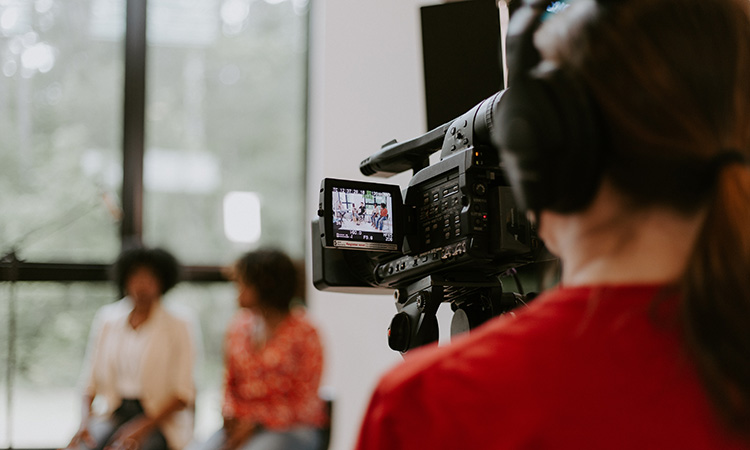Getting into filmmaking can seem like a lot of work and for some people, it’s hard to know where to get started. However, it’s a really interesting hobby and one that can help give you a better understanding of films while also helping you develop your creative abilities.

The simplest way to get started in filmmaking is to begin shooting your own short films. These don’t have to be spectacular but should offer a way for you to get your ideas out there and experiment with different techniques. In this article, we’ll share everything you need to know on how to shoot your own short film, with everything from planning and post-production to studio and equipment hire.
The Planning Stage
Every project needs a plan to be successful, and art is no different. It makes sense to plan out your short film and think about what you actually intend to create. You’ll no doubt have a vision of how you want things to look, but even if you don’t, the planning phase is a great way to come up with ideas. Think about things that have inspired you lately or thoughts you’ve had related to your life and the world around you.
When planning, you should also come up with a budget and a checklist of everything you need. If you’re starting out as a hobby, you’ll probably want to keep the costs small, but if you have a larger budget, you have more freedom to try new things. Consider whether or not you need to hire a film studio London and whether or not you’ll need to buy or rent any additional equipment.
Storyboarding
Now you have a plan and hopefully a vision of what you want to create, the next step in the process is creating your storyboard. A storyboard is essentially a visual representation of what’s going to happen over the course of the film. It’s made in conjunction with the script, and tells you where things need to be and how certain shots will look.
Don’t worry about having a concrete storyboard, as things can often change once you get behind the camera and start shooting. Ensure that each scene of the storyboard conveys the message that you want it too, using lighting, sound and other effects to achieve the desired effect.
Filming
When filming, don’t worry about rushing things. Each shot you take should be careful and deliberate, and try to follow your storyboard where possible. Occasionally, you’ll change things when shooting, because sometimes the shot will turn out differently than what you originally expected.
It’s possible to make a short film completely on your own, but most films involve other actors too. If you’re filming with actors, try to direct as best you can, ensuring that they understand what you want to get out of each scene. Don’t worry if it’s not perfect, as sometimes it can be difficult to translate ideas effectively.
Editing
The editing process is perhaps the most important when it comes to getting your vision across. After you finish shooting, you’ll have lots of raw footage to use, and how you edit it will have a big impact on how the finished project looks. Make sure you keep a log of recorded clips when filming, as this will make it much easier to find what you’re looking for.
The editing process can include ordering the shots how you want them to be sequenced, as well as cutting out unnecessary clips or adding in sound and visual effects. Play around and experiment as much as possible, as this is a chance to learn what works and what doesn’t.
Once you’ve completed the editing process, you’re ready to share your work with others. Today it’s easier than ever to share and promote short films online, although there’s a lot of competition. Video hosting platforms such as YouTube are excellent for sharing your film, and you can use social media to help others find it.

Leave a Reply